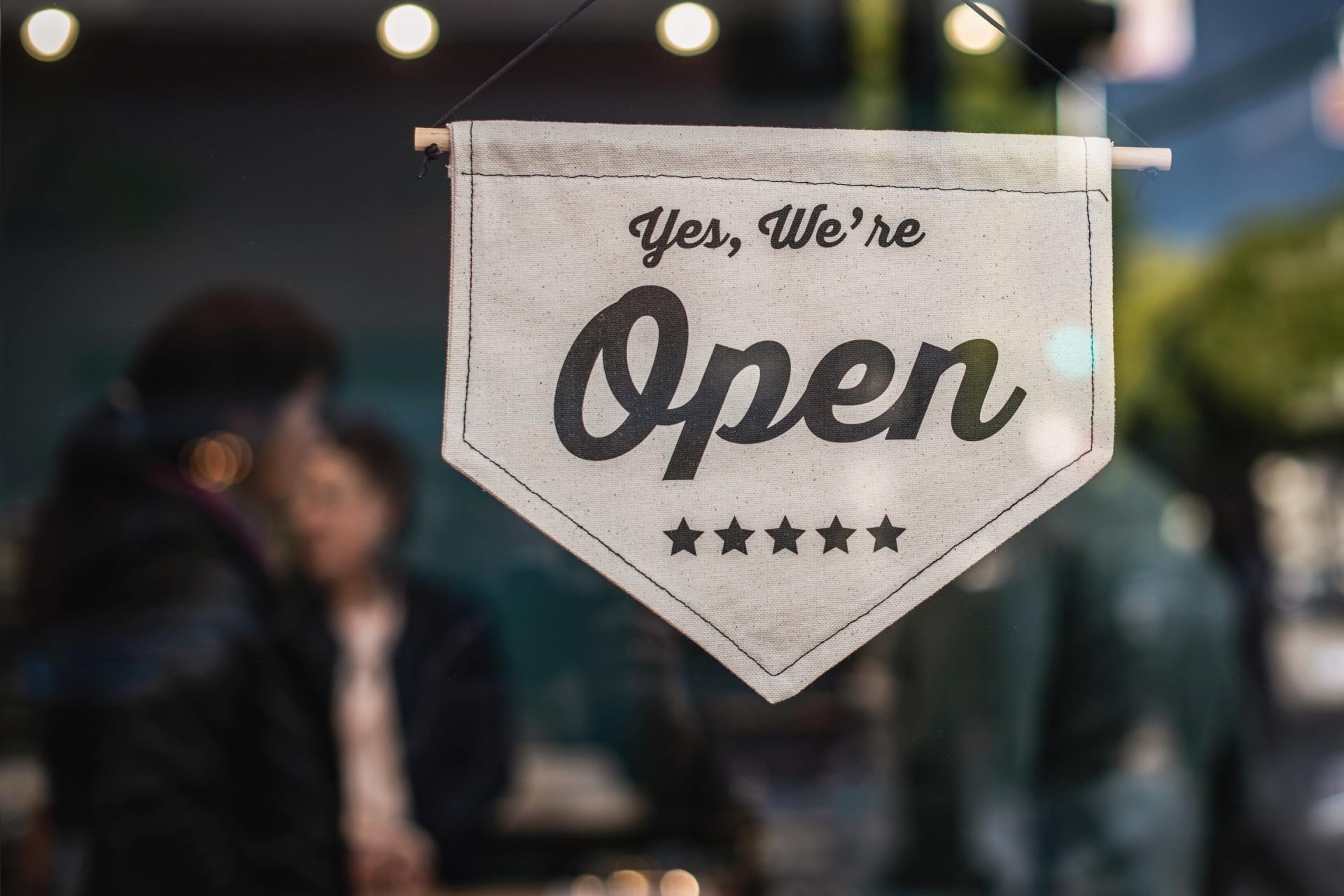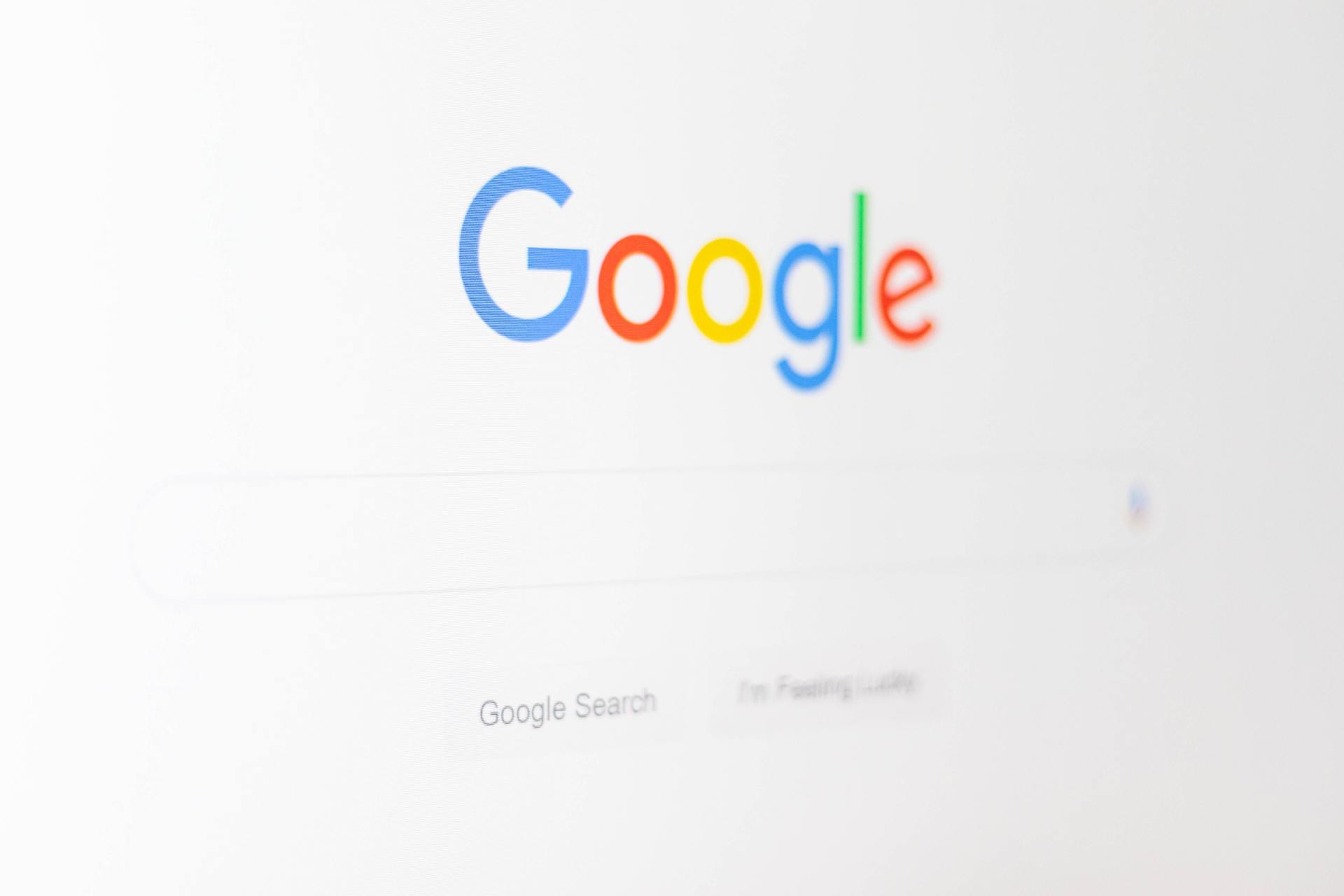Impacts of COVID-19 and pandemic uncertainty
Consumer behavior still impacted by COVID-19 and pandemic uncertainty
Consumer behaviors are settling into a new normal, as people everywhere learn to live with the reality of COVID-19 and as more countries reopen parts of their economies. Although the pandemic’s impact has varied across regions, five themes have become evident among consumers across the globe:
- Shift to value and essentials
- Flight to digital and omnichannel
- Shock to loyalty
- Health and “caring” economy
- Homebody economy
1. Shift to value and essentials
Even as some countries have reopened, many consumers globally are continuing to see their incomes fall. And they aren’t feeling too optimistic about their countries’ economic outlook. With many people expecting COVID-19 to negatively affect their finances as well as their daily routines for at least another four months, consumers are being mindful about their spending and trading down to less expensive products.
As consumers hunker down for a prolonged period of financial uncertainty, they intend to continue shifting their spending largely to essentials, such as grocery and household supplies, and cutting back on most discretionary categories. While purchase intent is increasing on a large set of categories since we first measured it at the end of March it remains weak in discretionary categories such as apparel, footwear, and travel.
2. Flight to digital and omnichannel
Most categories have seen more than 10% growth in their online customer base during the pandemic and many consumers say they plan to continue shopping online even when brick-and-mortar stores reopen. In addition to e-commerce, other digital and contactless services—including curbside pickup, delivery, and drive-through service—are also seeing much higher adoption rates. While some of these habits are seen as a work-around to the crisis, many at-home solutions to regular activities will likely be adopted for the long-term.
3. Shock to loyalty
For certain products and brands, COVID-19 caused supply-chain disruptions. And when consumers couldn’t find their preferred product at their preferred retailer, they changed their shopping behavior: many consumers have tried a different brand or shopped at a different retailer during the crisis. Value, availability, and quality or organic products were the main drivers for consumers trying a different brand.
4. Health and “caring” economy
Recent survey data shows consumers are deciding where to shop, they look for retailers with visible safety measures such as enhanced cleaning and physical barriers. In addition, they buy more from companies and brands that have healthy and hygienic packaging and demonstrate care and concern for employees.
During these trying times, consumers have a heightened awareness of how businesses interact with stakeholders, local communities, and society more broadly. The actions that businesses take during this pandemic are likely to be remembered long after COVID-19 has been conquered.
5. Homebody economy
In most countries, more than 70% of survey respondents don’t yet feel comfortable resuming their “normal” out-of-home activities. For more than three-quarters of consumers who adjust their behaviors due to the health crisis, the easing of government restrictions won’t be enough. Instead, they’ll wait for guidance from medical authorities, reassurance that safety measures are in place, and the development of a COVID-19 vaccine and/or treatments.


